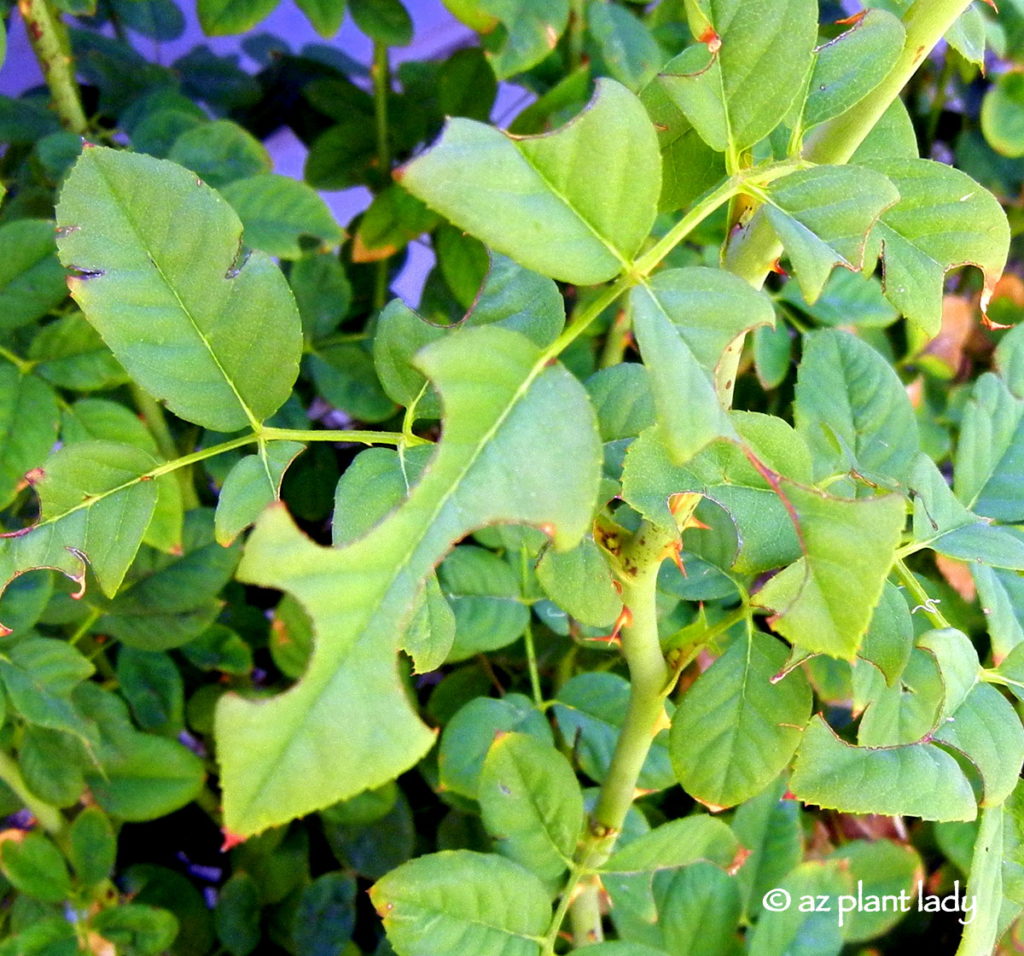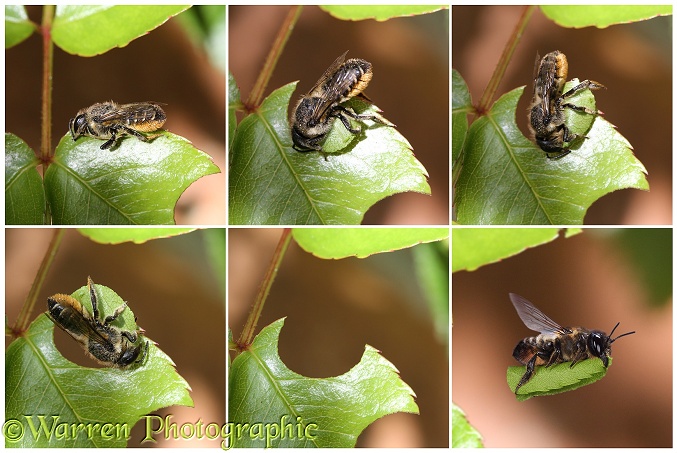Leafcutter bees can be a nuisance when their nesting activities damage prized plants. With their circular cutouts adorning foliage, it’s clear these bees see your garden as the perfect nursery. While they play an important role as pollinators, leafcutter bees become less welcome when they set up residence in the wrong areas. If you need to reduce leafcutter bees without harming other beneficial insects, there are several effective options.
Understanding Leafcutter Bee Behavior
First, let’s look at why leafcutter bees behave the way they do This will help us address the root causes of the problem
-
Nesting instinct – Leafcutters slice circular pieces of leaves to build egg chambers in long tunnel nests. They instinctively seek out suitable nesting material.
-
Attracted to certain plants – They prefer the leaves of roses, lilacs, and other broadleaf plants. Some varieties also like flower petals.
-
Active in late summer – Most leafcutter bee activity occurs in late summer when they are establishing nests for their eggs.
-
Solitary bees – Unlike social bees leafcutters don’t form colonies. Each female builds and provisions her own nest.
Prevention is the Best Medicine
Stopping leafcutter bees before they become an issue is ideal Here are some preventive measures
-
Remove dead wood, old stems, and other potential nesting sites early in spring before nesting begins.
-
Cover susceptible plants with netting in late summer when leafcutters are most active.
-Provide alternative nesting materials, like drilled wood blocks or cardboard tubes, to redirect nest building.
-
Maintain vigor and health of plants to make them less vulnerable. Address stresses like drought, disease, or nutrient deficiencies promptly.
-
Increase diversity in your garden, as leafcutters target certain species disproportionately.
Physically Removing Nests
If leafcutter bees have already built nests, you can:
-
Carefully prune off small nests and affected leaves and destroy them.
-
For nests in dead wood or other materials, scrape them out and seal holes with caulk or wood putty.
-
Introduce parasitic wasps that will eliminate leafcutter larvae but are themselves harmless.
-
Install netting around nests to contain emerging bees rather than allowing them to disperse.
Discouraging Nesting with Repellents
Natural repellents can make plants less inviting places to nest:
-
Spray plants with neem oil, which bees find distasteful. Reapply after rain.
-
Apply kaolin clay spray, which creates a fine white powder barrier on plant surfaces.
-
Use insecticidal soaps to alter leaf surface chemistry. Avoid contact with flowers.
-
Sprinkle lavender, mint, or garlic powder around plants. Strong herbal scents repel bees.
-
Employ vibrational repellents. Battery-powered devices emit frequencies leafcutters dislike.
When to Consider Insecticides
Insecticides should be a last resort for leafcutter management to avoid harming other bees and pollinators. However, targeted insecticide sprays applied by a licensed professional may be warranted in some cases after other methods have failed. Always follow label directions exactly.
The key is addressing the underlying factors that attract leafcutter bees and make your garden an ideal nesting ground. Combining preventive strategies and physical control methods can reduce leafcutter bee populations so insecticides are rarely necessary. With some knowledge of their behavior patterns, you can take proactive steps to reach a better balance with these unique pollinators.
The Twist in the Tale of Leaves
Noelle: But wait, there’s more! It’s not a pest at all! This leaf damage is normal and nothing to worry about.
You see, the culprits behind these neat, semi-circular holes are none other than the remarkable leafcutter bees. Leafcutter bees are a type of solitary bee, and they are truly fantastic pollinators. What might appear as leaf vandalism is, in fact, a vital part of their unique nesting process.
Leafcutter bees utilize these semi-circular leaf sections to construct their nests. In fact, if you look closely, you might even find some of these leaf pieces tucked away in your garden.

The Enigmatic Damage to Leaves
Noelle: Hey there, fellow garden enthusiasts! Today, we’re diving into a bit of a mystery. As I walked through my garden, I couldn’t help but notice something very strange: some of my plant leaves were missing neat, half-circle sections. Many gardeners might be scared by this, but don’t be. I’m here to give you some advice and reassurance that it’s not as bad as it seems.
Noelle: First things first, let’s take a closer look at these mysterious leaf patterns. You can see here on this rosebush, there’s a semi-circular chunk missing from one of the leaves. And over here on this hibiscus, another one. So, what’s going on? Is it some nefarious garden pest?.
How to Deal with Leafcutter Bees
FAQ
What gets rid of leaf cutter bees?
What attracts leaf cutter bees?
Do leaf cutter bees cause damage?
Does neem oil repel leaf cutter bees?
How to get rid of leaf cutter bees?
When it comes to how to get rid of leaf cutter bees’ visible leaf damage, one of the best plants of all time for all solitary bees is perennial basil or holy basil. The names of this plant vary from place to place, but it is edible basil that can grow year-round.
How do I remove a bee stinger?
Using a piece of gauze, your fingernail, or another instrument, you may scrape across the stinger to dislodge it from your skin. It is also possible to remove the stinger using tweezers or your fingernail. Acting soon is crucial.
Can insecticides kill leaf cutter bees?
Insecticides can be an effective option for controlling leaf cutter bees, especially when other methods are not sufficient. However, it is important to choose insecticides labeled for use against bees and follow the instructions carefully to minimize harm to beneficial insects and pollinators.
How do I get rid of bees in my garden?
Choose plants that provide abundant nectar and pollen sources for bees, such as lavender, salvia, or coneflowers. By focusing the bee activity on these alternative flowers, you can minimize the impact on other plants in your garden. Trapping leaf cutter bees can be an effective way to reduce their population.
- The Ultimate Guide to Growing Strawberries in Raised Beds - August 8, 2025
- No-Dig Garden Beds: The Easiest Way to Grow a Beautiful Garden - August 6, 2025
- How to Protect and Preserve Wood for Raised Garden Beds - August 6, 2025

